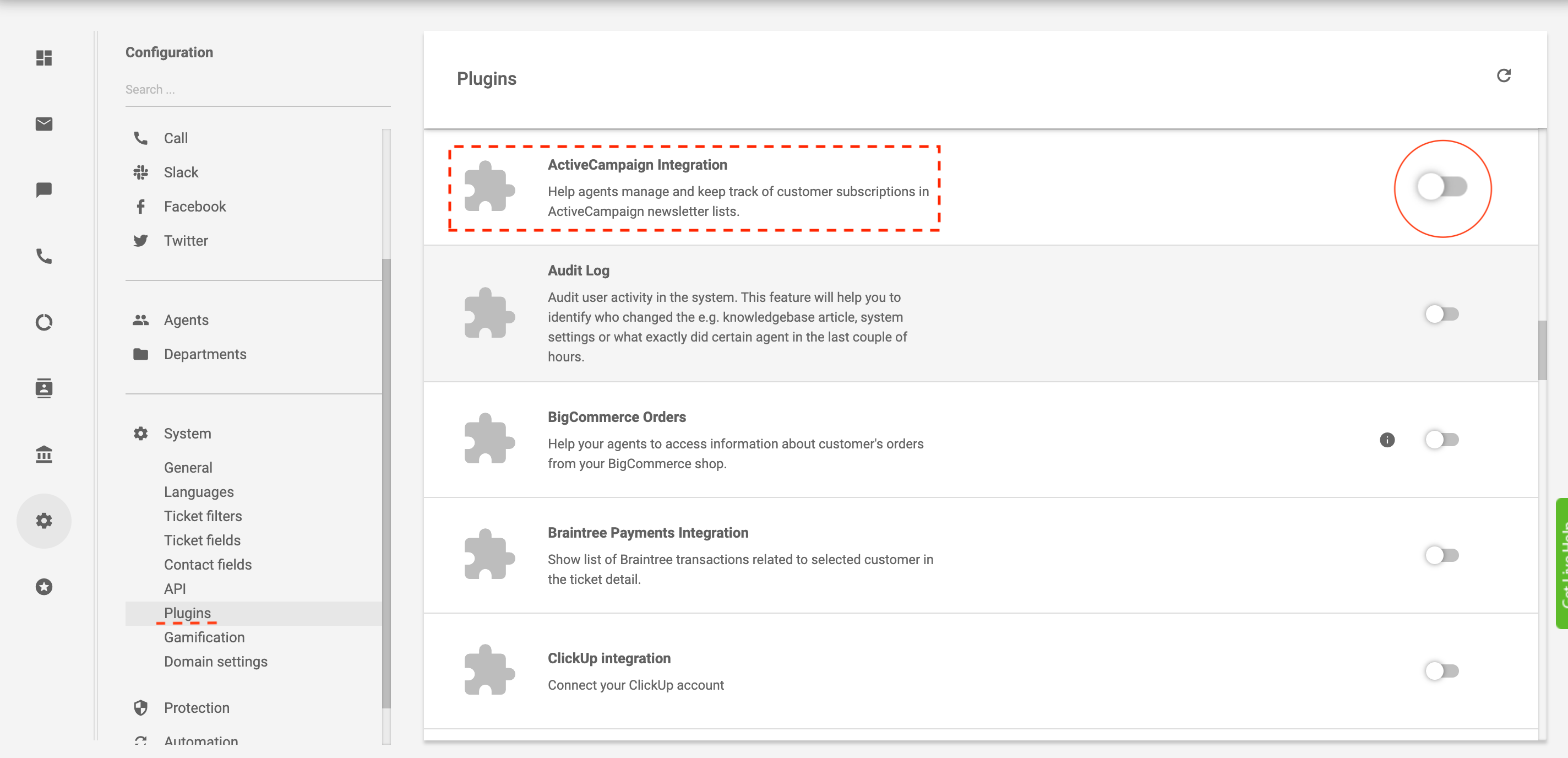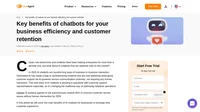Do you lack time and resources for consistent email marketing engagement?
Delivering inconsistent or insufficient email marketing can eventually kill your business.
Did you know that…
Companies that send automated emails are 133% more likely to send relevant messages corresponding to a customer’s purchase cycle.
Email automation tools/integrations are the best way to improve employee efficiency while at the same time increasing sales. Using email management software has made this easier than ever.
What is email and marketing automation?
What is marketing automation?
Marketing automation is a system that enables you to automate tasks that improve your sales. The most significant benefit is that marketers can comfortably prioritize other tasks while at the same time ensuring each customer goes through the same marketing funnel.
One example of effective marketing automation is automating email messages to deliver the wanted message to your whole email list. Email automation is used widely in all kinds of industries, especially in eCommerce businesses. For instance, eCommerce platforms incorporate email automation tools and integrations for eCommerce brands to encourage repetitive behavior and build a loyal customer base. Let’s take a closer look at what email automation is.
What is email automation?
Email automation is a process in which you can send pre-made emails in sequence to your audience at the right time while you’re working on other tasks. Since the emails are sent automatically, you can leverage a lot of potentials that come from them. Sending automated emails in a sequence is a marketing strategy that targets people according to their purchasing behavior, sales, and needs with dynamic content.
Overall, the essential factor with email marketing automation is to deliver email series of relevant content. As a result, you can gain tremendous benefits over a period of time, such as customer loyalty, customer retention, and increased sales.
Why should you automate marketing emails?
The benefits of email marketing include;
Customer retention
Sending emails at the right time to the targeted audience can exponentially increase repetitive sales. For instance, abandonment cart emails or offer emails are great for repetitive eCommerce sales.
Customer loyalty
Emails are a clever way to improve customer relationship management. For instance, sending emails on a customer’s birthday is a way to improve the relationship and strengthen the customer’s bond with a brand. Moreover, feedback emails, survey emails, special announcements – all of these simple automation emails can create loyal customers.
Improved marketing workflows
Email marketing automation is a great way to improve your marketing workflows. Your brand can deliver the messages to your customer base while working on other tasks since the process is automatic. Thus, you can ensure a quality customer journey and customer experience.
Increased sales
Did you know that your brand can drive more revenue with emails? This is because email automation can create awareness for potential customers and transform leads into customers.
How to get started with email automation
The first thing you need to determine is the tool or software which is the most suitable for your company. So, make sure you consider customization, price, advanced features, and ease of use when determining the right tool that ensures your customers go through a marketing funnel of your choice.
As we stated previously, it is crucial to pick the right system for your company; thus, we recommend using review platforms to narrow down the list of tools that will increase your email conversion rates. Furthermore, take advantage of free demo trials to get the feel of how the tools work.
If you are looking for a wholesome customer service platform that enables you to automate emails for marketing and support services, then LiveAgent is the right choice.
What is LiveAgent?
LiveAgent is help desk software that gathers customer inquiries from multiple channels, like email, live chat, phone, forum, Facebook, Instagram, Viber, Twitter, etc. Moreover, it creates comprehensive reports, so your managers can easily spot any problems beforehand. Plus, it automates daily customer service/support tasks for improved efficiency. The system includes call center, ticketing, knowledge base, forum, customer portal, live chat, and more. To learn more, feel free to watch the video below.

Are you interested in LiveAgent? LiveAgent offers a 30-day free trial period for all subscriptions. So give it a try and improve immediately.
How can you automate emails in LiveAgent?
LiveAgent offers more than 180 integrations to make most of the information accessible from one interface. For instance, you can integrate the ActiveCampaign or Clickfunnels. Both of these email automation integrations can improve conversion events in the long term.

Check out available email marketing integrations in LiveAgent for increased conversion actions.
Types of emails sent with an automation tool
Various email marketing tools provide assurance of increased metrics, such as purchase rate and revenue. Check out examples of automated emails below to gain inspiration.
- Welcome emails
- Personalized emails e.g., birthday emails
- Shipping emails
- Feedback emails
- Abandoned card emails
- Behavior discounts emails
- Recommendation emails
- Reengagement emails
- Premium subscription emails
- Brand update emails
- Content teaser emails
- Thank you emails
- Subscription confirmation emails
- Order emails
- Special offer emails
- Anniversary emails
- Transactional emails
- Survey emails
- Newsletter emails
- Free trial expiration emails
- Subscription cancelation emails
- Special preview emails
- Giveaway emails
- Getting started emails
When to not use automated emails
Although there are many benefits to automated emails, you should use them sparingly. Certain situations require your customer service agents’ attention. For instance, brands shouldn’t automate answers to customer inquiries. The customer usually needs an immediate answer and expects human intervention. An automated email can’t solve every inquiry since each case is different. Too much email automation can take the human element from your brand.
Frequently Asked Questions
What is marketing automation?
Marketing automation is a system that enables you to automate tasks that improve your sales.
What is email automation?
Email automation is a process in which you can send pre-made emails in sequence to your audience at the right time while you’re working on other tasks.
Why you should automate email marketing?
The benefits of email marketing include; improved customer retention, marketing workflows, increased customer loyalty, and sales.
How to get started with email automation?
To get started you need to determine the tool/software which is the most suitable for your company. So, make sure you consider customization, price, advanced features, and ease of use when determining the right email automation tool to ensure your customers go through a proper marketing funnel.
Which types of emails are sent with an automation tool?
Some examples of automation emails include; welcome emails, birthday emails, shipping emails, feedback/survey emails, anniversary emails, etc.
When to not use automated emails?
Although there are many benefits to automated emails, you should use them sparingly. Certain situations require your customer service agents’ attention. For instance, answers to customer inquiries shouldn’t be automated. The customers usually need an immediate answer and expect human intervention.
Key benefits of chatbots for your business efficiency and customer retention
Discover the top benefits of chatbots: boost efficiency, cut costs, and deliver 24/7 customer support. See real business use cases!

 Български
Български  Čeština
Čeština  Dansk
Dansk  Deutsch
Deutsch  Eesti
Eesti  Español
Español  Français
Français  Ελληνικα
Ελληνικα  Hrvatski
Hrvatski  Italiano
Italiano  Latviešu
Latviešu  Lietuviškai
Lietuviškai  Magyar
Magyar  Nederlands
Nederlands  Norsk bokmål
Norsk bokmål  Polski
Polski  Română
Română  Русский
Русский  Slovenčina
Slovenčina  Slovenščina
Slovenščina  简体中文
简体中文  Tagalog
Tagalog  Tiếng Việt
Tiếng Việt  العربية
العربية  Português
Português 




